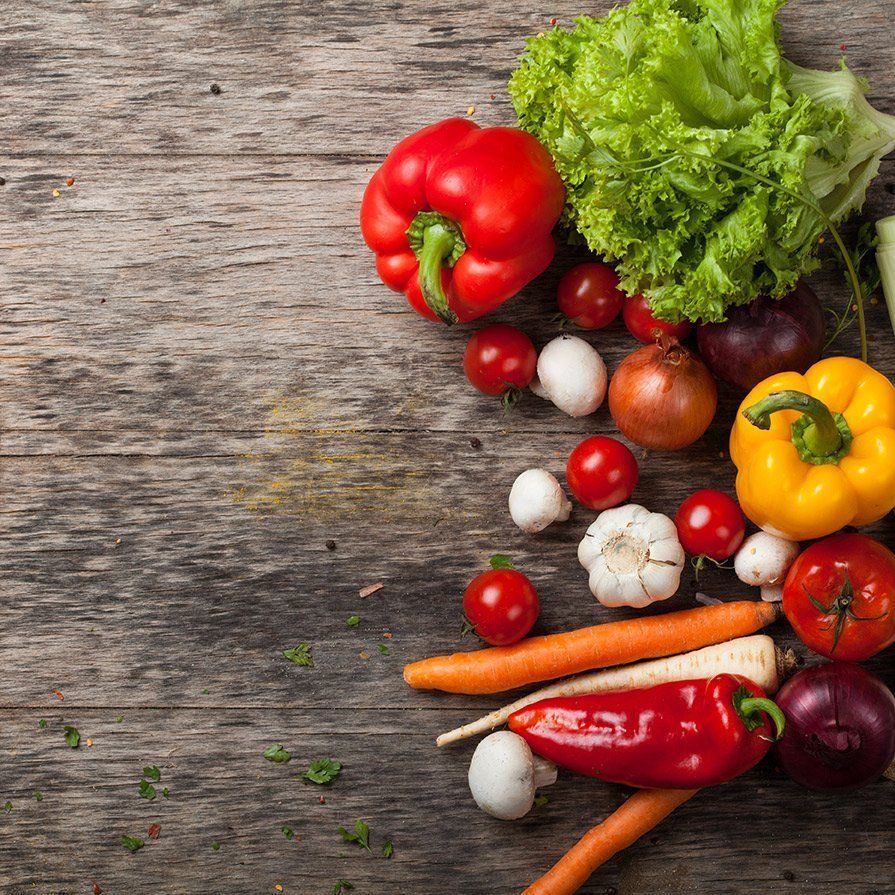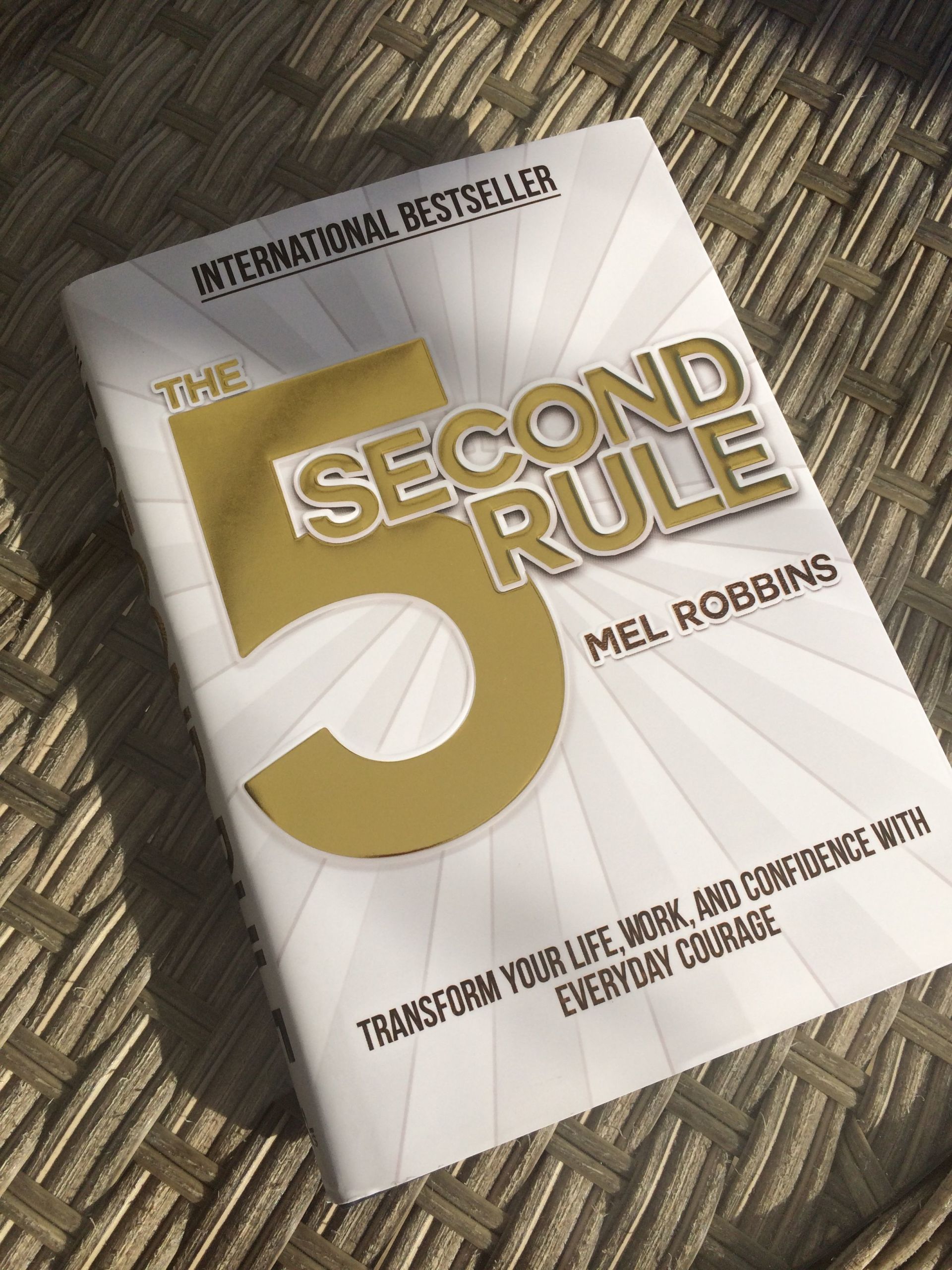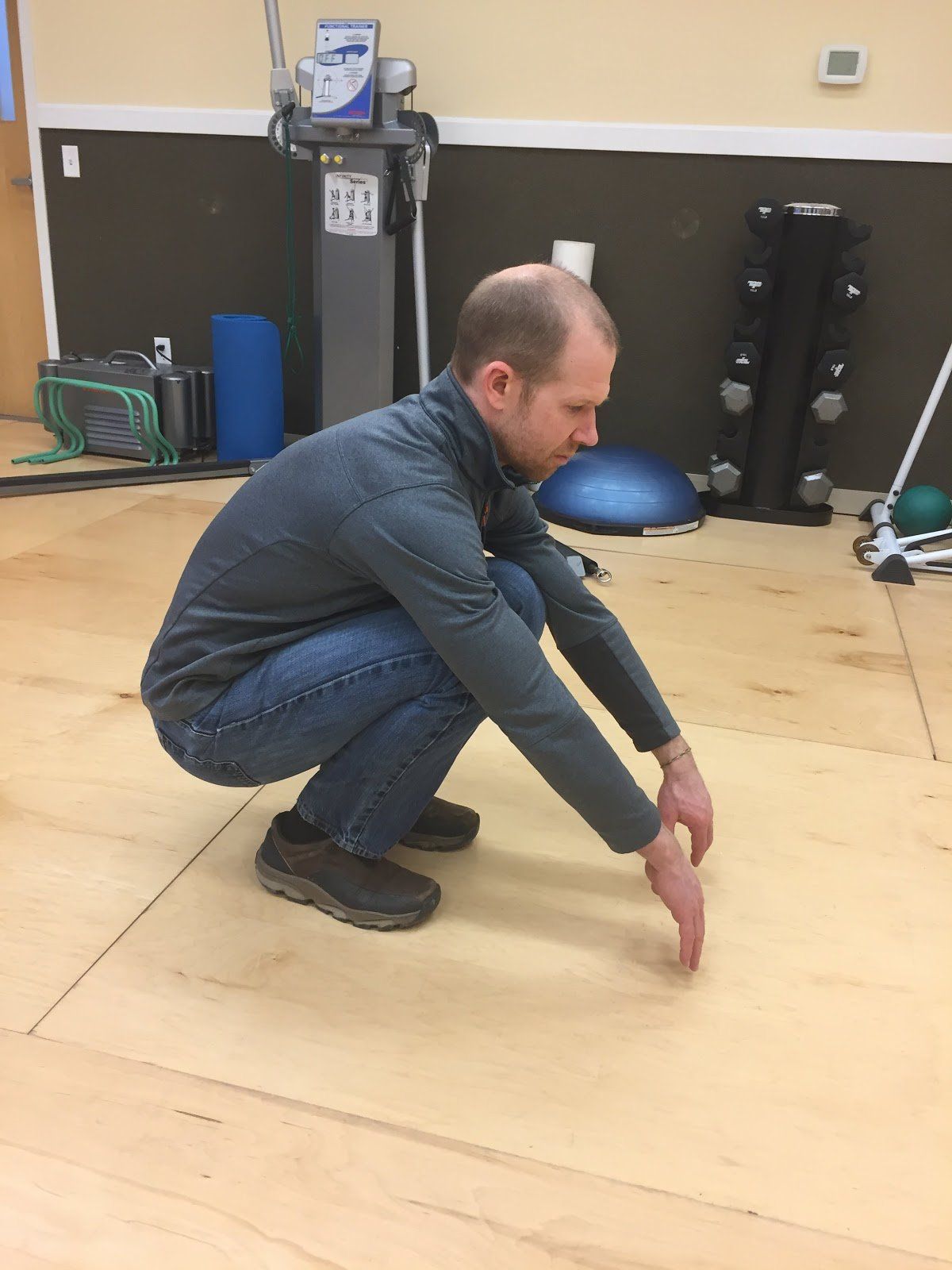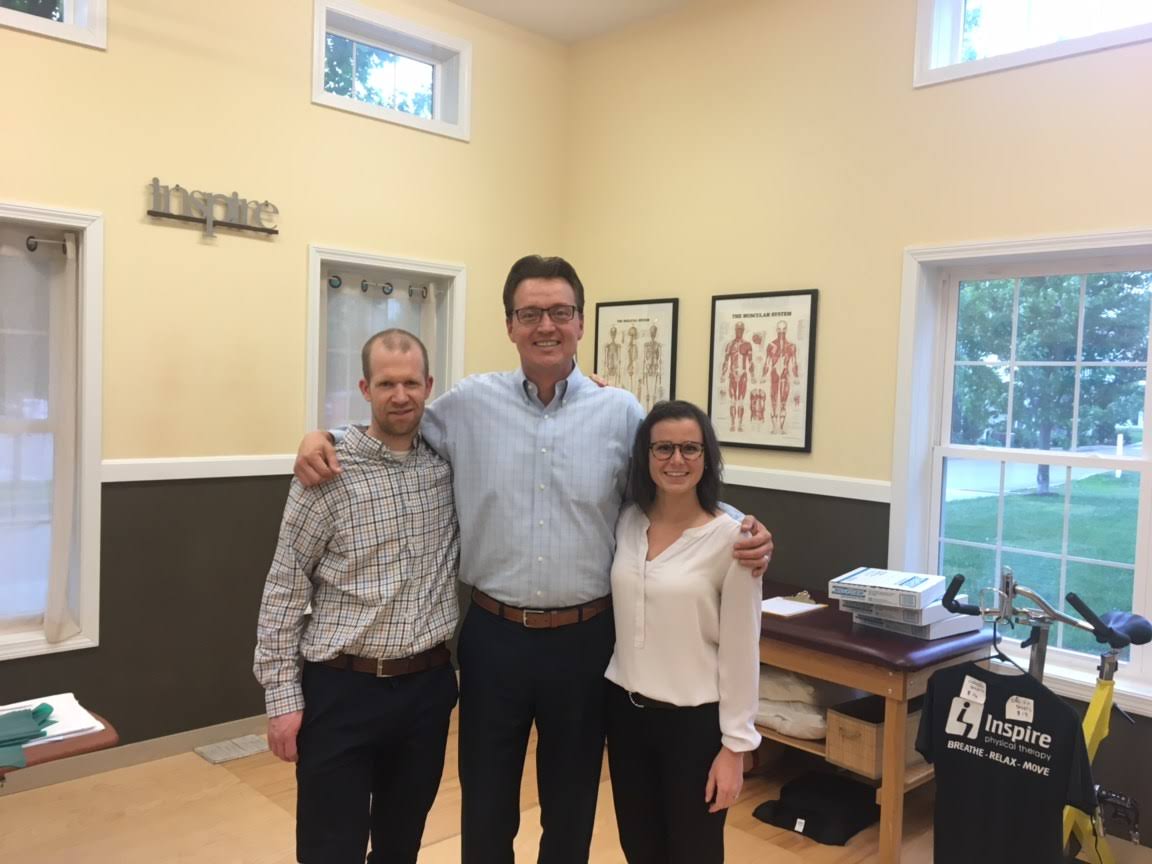INTERMITTENT FASTING AND ANTI-INFLAMMATORY FOODS

It seems that every year there are new fad diets and buzz words surrounding diet, nutrition and exercise. Often times the information is contradictory - is caffeine good? Or is it bad? Should I eat gluten free? Should I keep whole grains in my diet? It becomes confusing and overwhelming and can make it difficult for you to decide which option really is the best for you. With today’s blog post I want to share my experience with one lifestyle change (I hate to use the word diet for it because that’s definitely not what it is) and how it affected my weight, energy and mood.
As an active person who has a tendency to easily gain weight (Thanks, mom), I’ve always struggled to find and maintain a weight, energy level and fitness level that I was comfortable with. Either I was at a weight that felt comfortable and my energy level was crap or my fitness level was at its peak but I still had poor energy and was carrying what I considered extra weight. To clarify, I don’t think weight is everything. And I don’t think using a universal scale such as BMI is necessarily the way to determine what weight you should be. I think each person has a weight at which they are comfortable and confident with the way the look and feel. Basically I would change my diet and exercise habits but would always be plateaued at the same weight, a weight at which I didn’t feel comfortable or confident.
When watching a docu-series called “The Truth About Fat” I was introduced to the “Glow15” lifestyle developed by a woman named Naomi Whittel. I purchased the book and started on the journey of intermittent fasting, protein cycling and increased (healthy) fat intake. The basic concept of this lifestyle change is that you fast for 16 hours, 3 days a week. I know that sounds intimidating but the majority of that fast time is while you are asleep! For example, if you finish dinner at 6:30pm you eat your breakfast the next morning at 10:30am. You’re not skipping any meals here! Just pushing back the time you eat your first meal. And it’s only three times a week. Really, once you get through the first week and you get over your sugar cravings it becomes very easy. If my husband, the man who lives for breakfast, can do it I think you can too.
So why fasting? According to the research in her book, fasting for more than 12 hours puts you in a temporary state of ketosis which allows your cells to perform autophagy. This is a cellular action in which your cells basically clean themselves up. This has a huge anti-inflammatory effect. And why 16 hours? That seems to be the max benefit time, anything longer than that isn’t of any additional benefit. The theory is that if you pair the intermittent fasting with an increase in healthy fats you change your cells from functioning on sugar to functioning on fat. This helps kick the sugar addiction many of us have but often aren’t willing to admit (they stick that stuff in everything!) Sugar creates inflammation in our bodies - by eliminating that addiction and changing the type of fuel our cells use to do what they do, we reduce inflammation. Additionally, cells that are cancerous can ONLY survive on sugar, they can’t function on fat. So you’re cleaning up your own cells that are no longer functioning to benefit you and killing off cancer cells. Sounds like a win-win, right?
The actual food intake guidelines consist of some of the basic things we’ve heard about - whole grains, lots of vegetables, grass-fed and organic meats, fruit and healthy fats like avocado and olive oil. No, sorry, this won’t work if you fast and then eat a burger and fries for lunch and an entire pizza for dinner. You still have to make good food choices. The focus is fat intake and protein cycling. Every day, whether it is a fasting day or not, the first thing you should consume should be fat. Have an avocado and some eggs, eggs and a little bit of organic bacon or drink a green smoothie with some almond butter. Then on the days that you do fast you should eat less protein, non-fasting days should be your normal amount of protein. According to the Glow15 book, most people get far more protein than they actually need (and more than their body can process). As a person that doesn’t really like meat, I was glad to read this! I obviously get plenty of protein from other sources, even though everyone else seems to always be concerned that I’m not getting enough (Vegans and vegetarians can probably relate). But I was relieved that I wasn’t going to have to try to get more like many other diets/lifestyles recommend.
Ok, simple enough. Fast 16 hours, 3 times a week. Eat fat first. Less protein on the days you fast, regular amount of protein on the days you don’t. Make good food choices but know that if you want some pizza, you can have some pizza. So what were my results? Honestly, I’ve never felt better. Those last couple of pounds that I couldn’t drop even when I was doing 2-a-day workouts, gone in 2 weeks. My energy level was beyond what I’ve ever remembered feeling in my 29 years of life. I always had the energy to exercise after a full day of work, cook dinner, walk the dogs and work in the garden. Then, I slept like a rock and woke up rested and ready to take on another day - I practically didn’t need an alarm.
But is this the right lifestyle change for you? I can’t really say but what I can say is that I think [almost] everyone should try it! My family, friends and patients are probably all tired of hearing me talk about it - I recommend it all the time! I’m currently expecting my first baby in April but as soon as I’m able to return to this lifestyle I’m absolutely going to.
Danielle Juckett DPT






